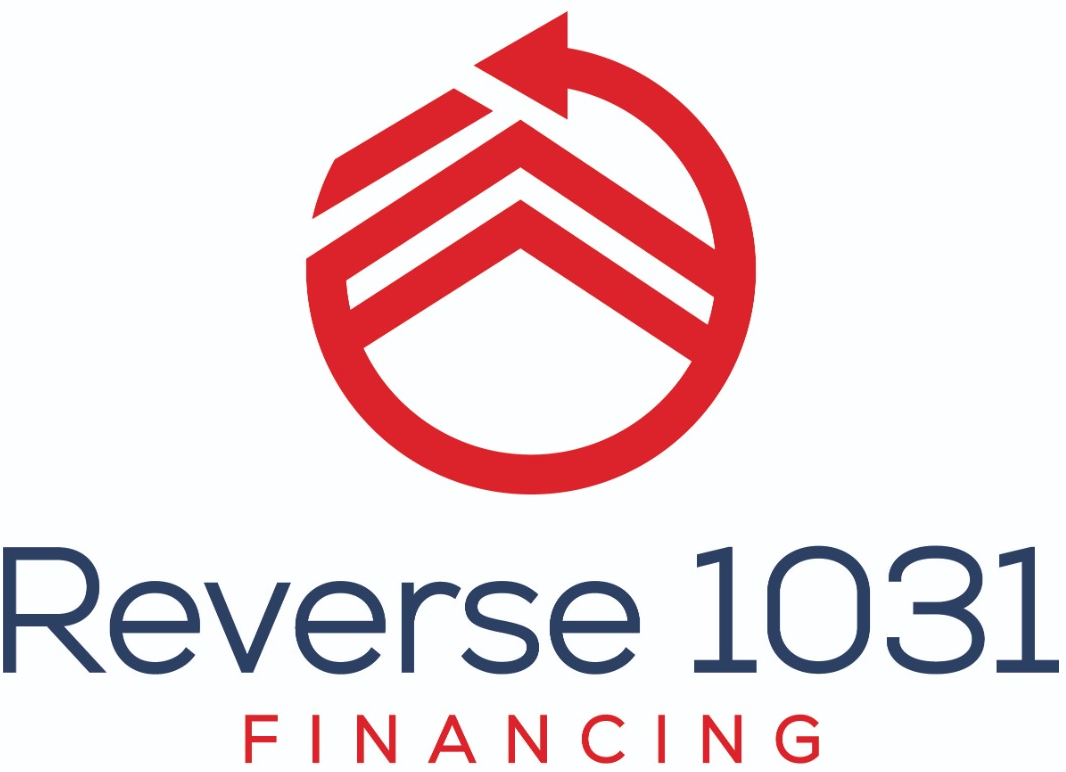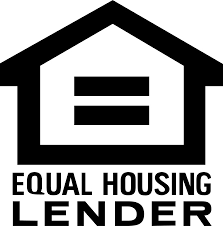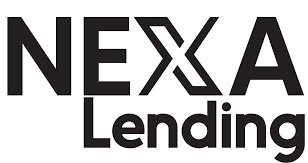
1031 On Your Terms
Reverse 1031 Exchange Financing
Many investors assume they must sell they investment property before they can use a 1031 to buy their next investment property. That belief often costs opportunities. The right property appears, but the current one isn’t ready to list - by the time it sells, the opportunity is gone.
With a reverse 1031 exchange, you can change that order - purchasing the replacement property first, selling later, and still defer capital gains taxes under IRS rules. For many investors, this is an unfamiliar option because traditional banks avoid financing it. Our team makes reverse 1031 transactions possible by giving you a financing structure to act on the right deal when it appears - without losing the tax protection a 1031 exchange provides.

Why Good
Deals Slip Away
Investors are often hesitant to sell an investment property or adjust their portfolio for familiar reasons:
“I’d sell, but I don’t know what I’d buy.”
“I found the right property, but mine isn’t ready to list.”
“If I sell first, I’ll feel rushed to meet the IRS deadline.”
With a traditional (forward) 1031, those concerns were valid. You had to sell before you could buy, which meant timing controlled the transaction instead of you.
Using a reverse 1031 changes the equation. By allowing you to purchase the replacement property first, it ensures you don’t have to pass on the right deal just because your current property isn’t ready to sell. Our lending team provide the financing structure that keeps your investment decisions driven by opportunity—not by deadlines.

How a Reverse 1031 Lets You Buy First, Sell Later
A reverse 1031 simply changes the order of a traditional exchange - allowing you to secure the replacement property first, then sell on your timeline.

Here’s how the Reverse 1031 Exchange process works in practice:
Identify the deal
You select the replacement property.
Establish a temporary holder
A Qualified Intermediary (QI) forms an Exchange Accommodation Titleholder (EAT) to take title temporarily, as required by IRS guidelines.
Close on the replacement
The EAT takes title, and closing is completed using cash or financing that our lending team arranges.
Sell within 180 days
Your relinquished property is sold within the safe harbor period.
Complete the transfer
Your relinquished property is sold within the safe harbor period and sale proceeds are applied to pay down the financing, and the EAT conveys the replacement property into your ownership structure. Any bridge loan is settled here, while longer-term financing such as a DSCR loan may remain in place.
Defer the taxes
The exchange is complete, and capital gains taxes are deferred under Section 1031.
This is only a simplified outline. In reality, your Qualified Intermediary and our lending team manage the details, ensuring compliance with IRS rules and a smooth closing process. The outcome: you lock in the right property first, keep your tax deferral intact, and sell the relinquished property on your terms.
Why Haven’t I Heard of This Before?
Most investors are familiar with a standard (forward) 1031 exchange. The reverse version is less commonly discussed, and for good reason:

Financing
barriers
Most banks will not finance property held in the temporary titleholder structure required for a reverse 1031. We arrange financing designed specifically for the Exchange Accommodation Titleholder (EAT) framework, allowing you to acquire the replacement property first and take advantage of an opportunity before selling your current investment property.

Advisory
gaps
Many CPAs and advisors focus on the traditional exchange because it is simpler to explain and more commonly requested. Together we bridge that gap by coordinating with Qualified Intermediaries, title companies, and tax professionals experienced in reverse exchanges, ensuring your transaction is structured correctly from start to finish.

Specialized
expertise required
Unless you’ve worked with a Qualified Intermediary or a lender experienced in reverse exchanges, this option rarely comes up in conversation. Our specialists connect you with the right resources and structure the financing so your reverse exchange stays on track and within IRS guidelines.
Reverse exchanges aren’t rare or out of reach—they happen every day with the right structure in place. Our lending team makes that structure accessible by arranging financing tailored to the titleholder framework the IRS requires.

The True Cost of Selling Without a 1031
Selling an investment property without using a 1031 exchange has a clear cost: a substantial portion of your profit goes directly to taxes.
Example:
Sale Price: $1,000,000
Basis + Improvements: $500,000
Gain: $500,000 (long-term)

Taxes Owed Without a 1031
Federal Capital Gains (20%): $100,000
Depreciation Recapture (25% on $200,000 taken): $50,000
NIIT (3.8% Net Investment Income Tax): $19,000
State Tax (5% example): $25,000
Total Tax Burden: $194,000
Nearly $200,000 of potential investment capital is lost - capital that could otherwise be preserved and reinvested to grow your portfolio.
A 1031 exchange, whether forward or reverse, allows you to defer these taxes and keep more working for you. Our team will structure the financing that makes a reverse 1031 possible—protecting your equity from timing and tax pressure.
Forward vs. Reverse: Why the Order Matters
At its core, a 1031 exchange allows you to sell an investment property and reinvest the proceeds into another, deferring capital gains taxes.

Forward exchange
Sell first, then buy. This is the traditional structure most investors know.

Reverse exchange
Buy first, then sell. This structure allows you to secure the replacement property before letting go of the one you own.
Why it matters:
A reverse exchange removes the “timing trap” that has caused many investors to miss opportunities. It enables you to act decisively on the right property while still preserving your ability to defer capital gains taxes under IRS rules. In practice, reverse exchanges are considered an advanced strategy, used less often than forward exchanges, largely because of added cost, complexity, and financing hurdles. Our team focuses on providing the financing that makes this structure viable, so you can pursue opportunities with confidence.

The Financing Challenge and Solution
One of the main reasons reverse 1031 exchanges are less common is financing. Most traditional banks will not lend when a property is held in the temporary Exchange Accommodation Titleholder (EAT) structure required under IRS guidelines.
That does not mean financing isn’t available. Specialized lenders, including our team, structure these transactions every day using tools designed for reverse exchanges:

Bridge loans
Short-term financing that allows you to close on the replacement property immediately, often secured by the relinquished property.

DSCR loans
Permanent financing based on the property’s income stream rather than personal tax returns.

Cash
For investors with liquidity, a reverse exchange may be completed without interim financing.
Through our lending network, we provide access to financing solutions that traditional banks don’t offer. Our focus is on providing a clear, compliant path to secure the property first and complete the exchange with confidence.
The Team That Makes a Reverse 1031 Work
A reverse 1031 requires more than financing. It takes the right team working together to protect your exchange and ensure compliance:

Lender
A lending partner who understands reverse exchange structures and knows how to finance them.

Qualified Intermediary (QI)
A neutral third party who structures the exchange and ensures IRS compliance.

Tax Advisor
Confirms basis, gain, and reporting to prevent unnecessary tax liability.

Title Company
A title team experienced in coordinating the unique steps of a reverse 1031.
These pieces come together in a smooth, compliant process. Through our network of Qualified Intermediaries, tax advisors, and title partners, you’re connected with professionals who have successfully guided investors through reverse exchanges many times before.
Is a Reverse 1031 Right for You?

Consider these questions:

Have you ever identified the right property but couldn’t act because your current one wasn’t ready to sell?

Do you worry about selling first and then being left under pressure to purchase quickly?

Could the ability to secure the next property first give you more confidence in your investment strategy?
Even if a reverse 1031 is not the right fit today, understanding how it works ensures you’ll be prepared when the right opportunity arises. We make sure the financing path is clear, so you can act when timing matters most.
Be Ready Before the Next Deal Appears
Whether you are actively planning a reverse 1031 or simply evaluating your options, the most effective time to arrange financing is before the right property comes along. By preparing in advance, you can move decisively when an opportunity appears - while preserving your tax deferral and protecting your investment strategy.




NEXA Mortgage LLC is an Equal Housing Lender
NEXA Mortgage LLC | Corporate NMLS #1660690 | AZMB #0944059
Bradley Spies | NMLS #2094404
Equal Housing Lender
5559 S Sossaman Rd, Bldg 1 Ste 101, Mesa, AZ 85212
NEXAMortgage.com | NMLS Consumer Access Link:
Disclaimer (Website Use / Tax & Legal Guidance)
The information provided on this website is for general educational purposes only and should not be construed as tax or legal advice. NEXA Mortgage LLC and its loan officers do not provide tax, legal, or accounting services. Investors should consult with their own independent tax advisor, CPA, and/or attorney regarding how a 1031 exchange applies to their specific circumstances. All financing is subject to credit approval, program guidelines, and applicable federal and state regulations.
